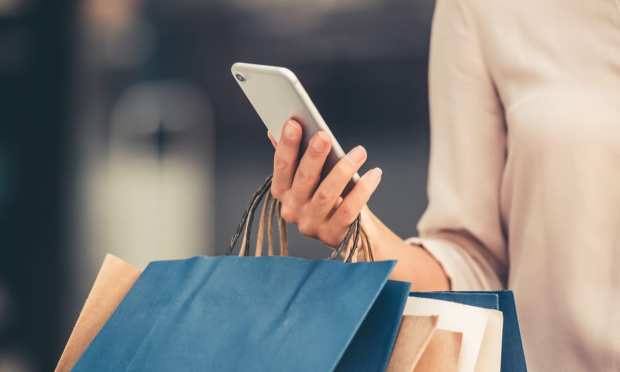In The Anatomy Of Consumer Payments, Connected Devices Have Brains And Heart

It took a pandemic shove, but digital payments took flight over the past 15 months, soaring at the speed of economic urgency as consumers and businesses relearned shopping and paying.
PYMNTS’ May 2021 Anatomy Of A Consumer Payment Playbook: Consumer Devices edition done in collaboration with FIS, is latest in this ongoing series exploring the consumer payments journey along digital pathways — in this case, mobile devices and their connected potential.
Per the Playbook, one recent study found that “45 percent of millennials bought groceries and other household goods via mobile devices in Q4 2020 compared to just 35 percent in Q2. Consumers’ growing comfort with mobile shopping is also affecting where they go to find and buy products, with many scoping out potential purchases on social media platforms. Forty-eight percent of respondents in one survey reported that they had made at least one purchase via social media, while 67 percent stated they had clicked on retail ads hosted on these platforms that later resulted in their making purchases.”
Additionally, 46 percent of consumers in a recent PYMNTS survey said they “prefer to shop and make payments digitally because they do not have to wait in line — and they are expecting brick-and-mortar retailers to upgrade their point-of-sale (POS) payment processes accordingly.”
These expectations extend to a number of devices now, from smart speakers to wearables — not to mention the all-important smartphone — and will continue to as connections grow.
The Fourth Industrial Revolution Is Connected
Saying that “Connected devices are at the heart of the current landscape of digital innovation that many are labeling as the Fourth Industrial Revolution,” FIS Head of payment solutions Kelly Beatty told PYMNTS, “We are also seeing a major spike in alternative shopping methods like livestream shopping and ghost kitchens that likely would not have existed without connected devices.”
That’s all good. However, Beatty added that “FIs and merchants need to ramp up investments and focus on digital delivery, advanced analytics, dynamic loyalty programs and better, more contextual engagement. This … needs to be done with scale and agility in mind so when the next big technology advancement comes along, you are ready to make a quick pivot.”
Anatomy Of A Consumer Payment Playbook provides numerous examples of innovation around connected devices, noting that “Smart speakers have begun to take on a more prominent role in the consumer payments space. [One] study found that 37 percent of consumers have used smart speakers or other connected home devices to make payments within the past 12 months, including Amazon Echo, Google Home and Samsung SmartThings products.”
That finding hints at a larger trend of shoppers “beginning to place more trust in voice assistants and connected devices in their homes, creating more opportunities for businesses to entice consumers to their brands with experiences tailored to contextual commerce.”
Wearables And Voice Commerce Gaining Consumer Trust
Wearables are another connected device category that’s finally finding its footing with touchless payments pilots dotting the in-store and ecommerce landscapes.
Per the May Playbook, “Smart speakers have also begun to take on a more prominent role in the consumer payments space. The study found that 37 percent of consumers have used smart speakers or other connected home devices to make payments within the past 12 months, including Amazon Echo, Google Home and Samsung SmartThings products. This indicates that shoppers are beginning to place more trust in voice assistants and connected devices in their homes, creating more opportunities for businesses to entice consumers to their brands with experiences tailored to contextual commerce.”
All of this activity is leading to yet more breakthroughs and innovations. For example, biometrics are being explored from every conceivable angle, yielding vital results.
“The spike in consumers’ usage of emerging technologies like smartphones and smart speakers for retail shopping and payments is also leading to new security developments,” according to Anatomy Of A Consumer Payment Playbook: Consumer Devices edition. “One recent study predicted that biometric identification measures will become commonplace in the mobile payments space within the next four years. Researchers noted that 1.4 billion consumers worldwide are expected to use biometric facial recognition technology to authenticate their transactions by 2025, for example, compared to the 671 million who did so last year.”
